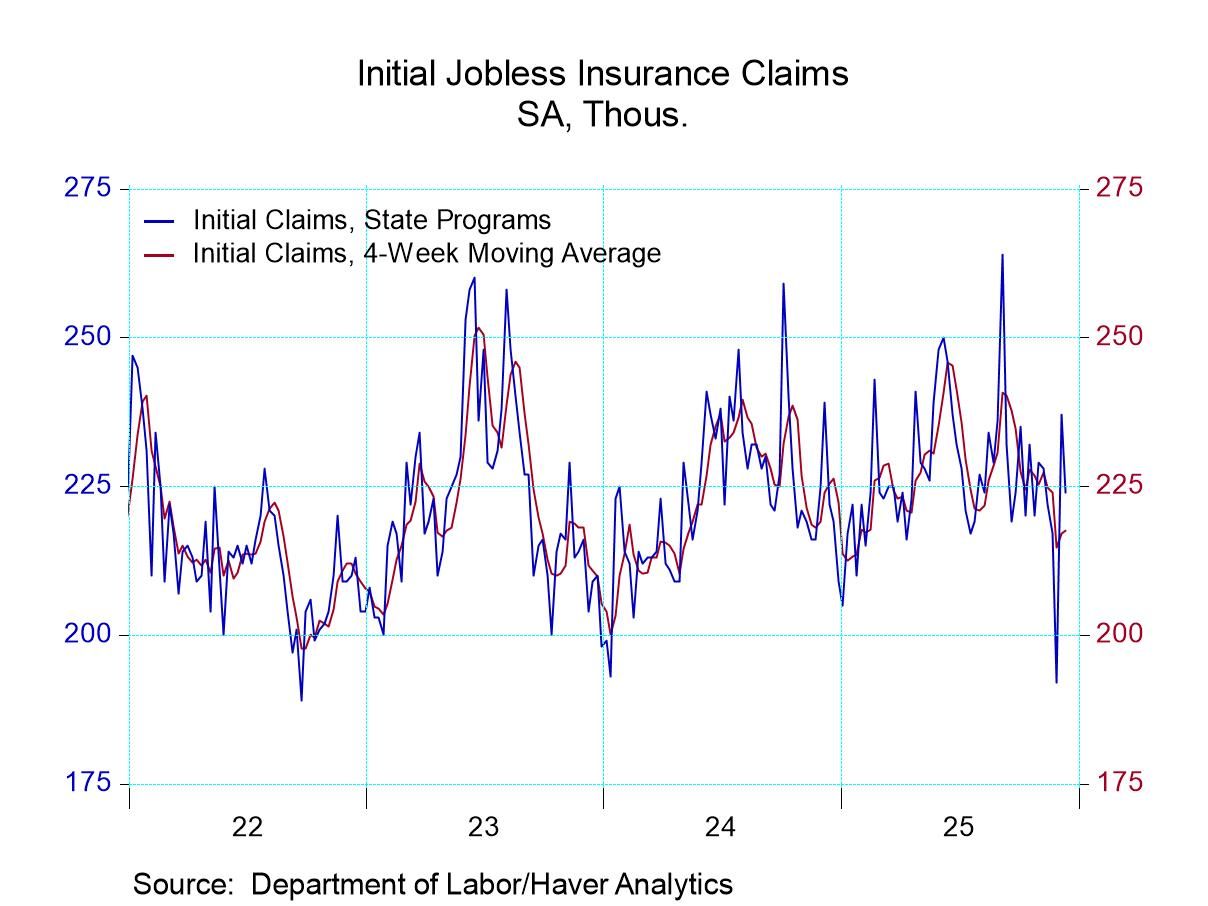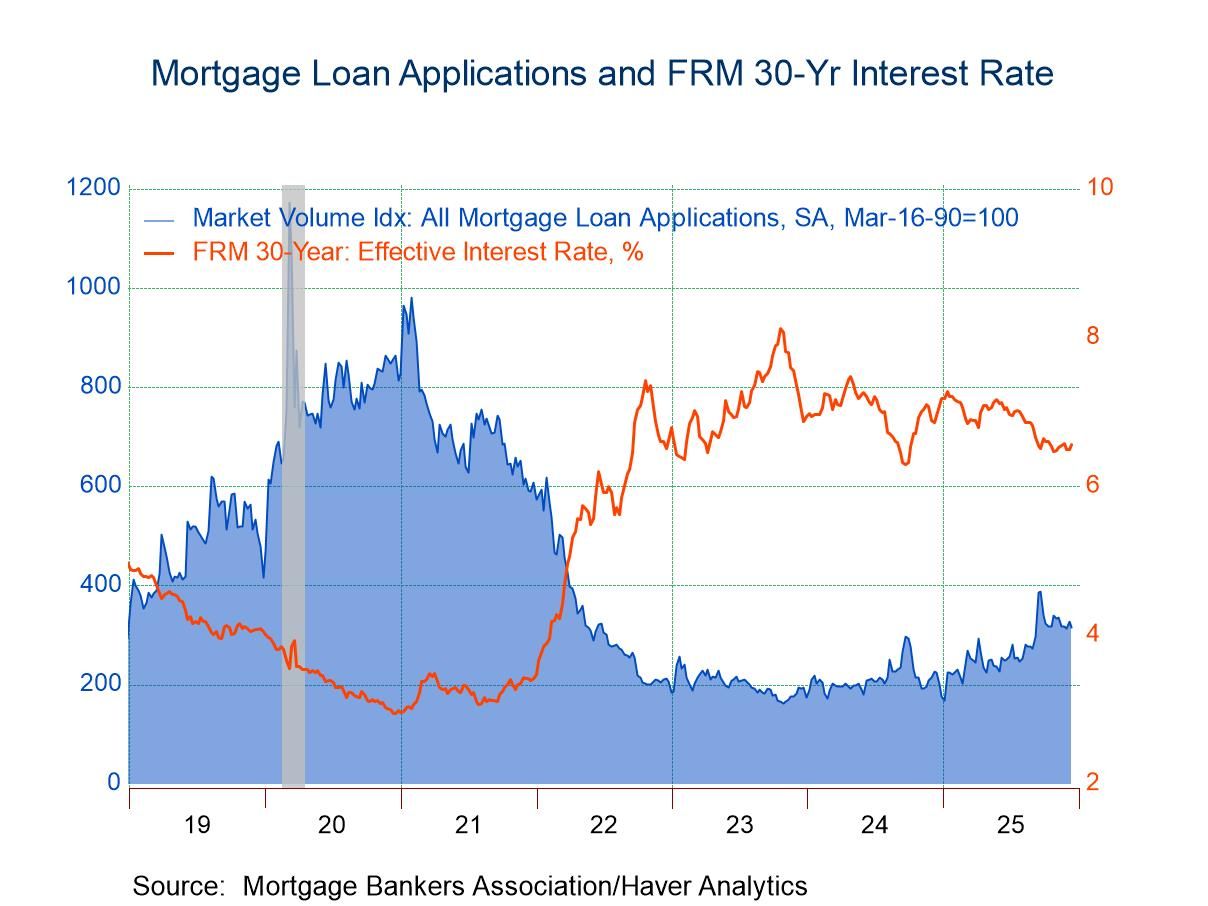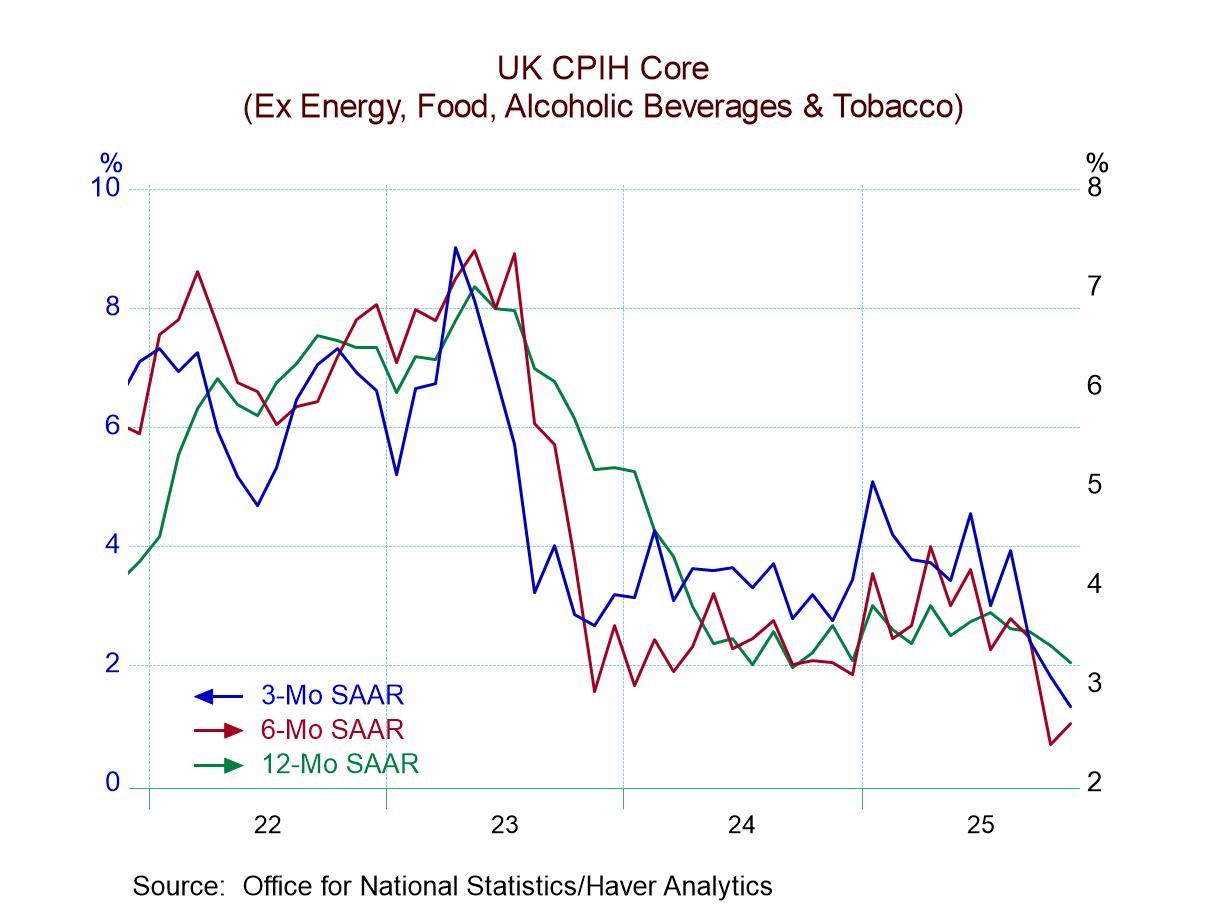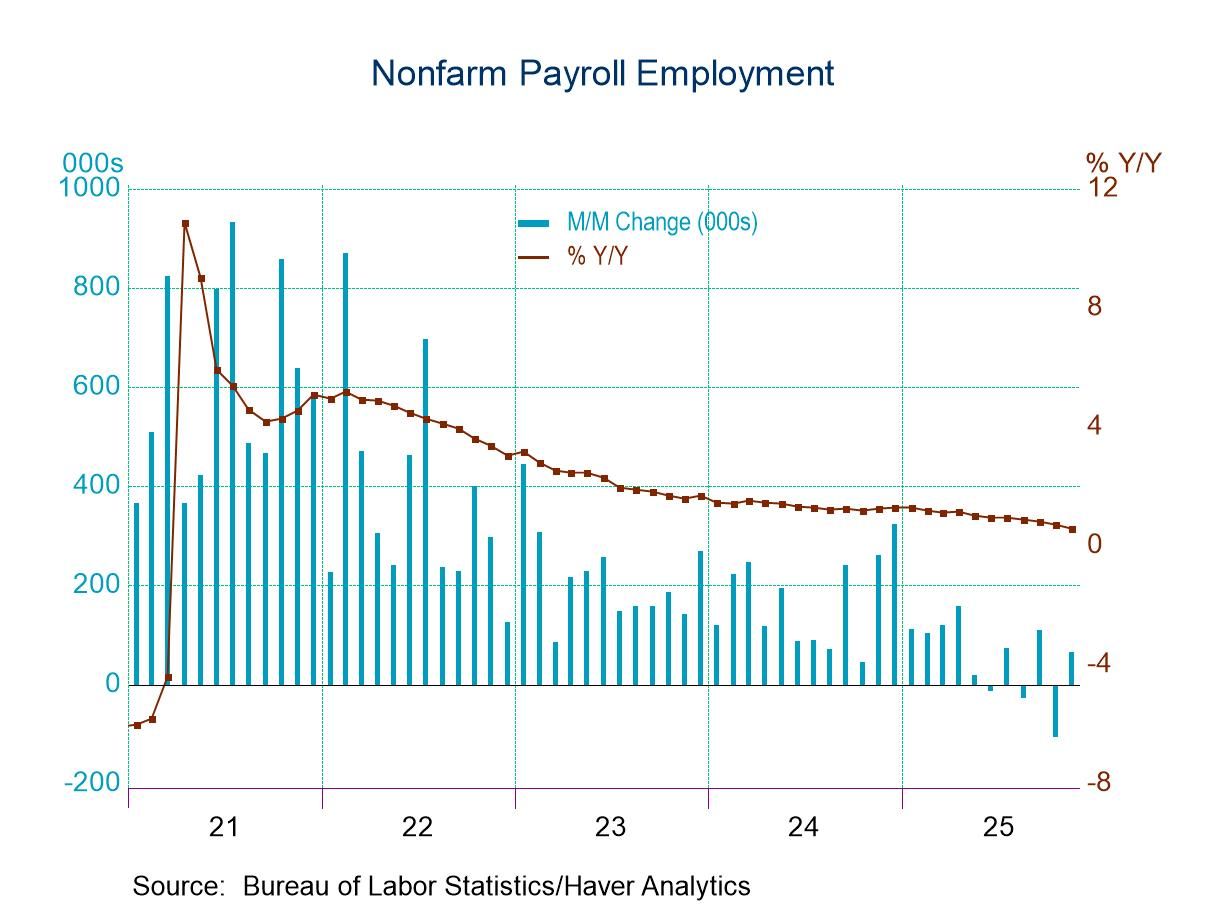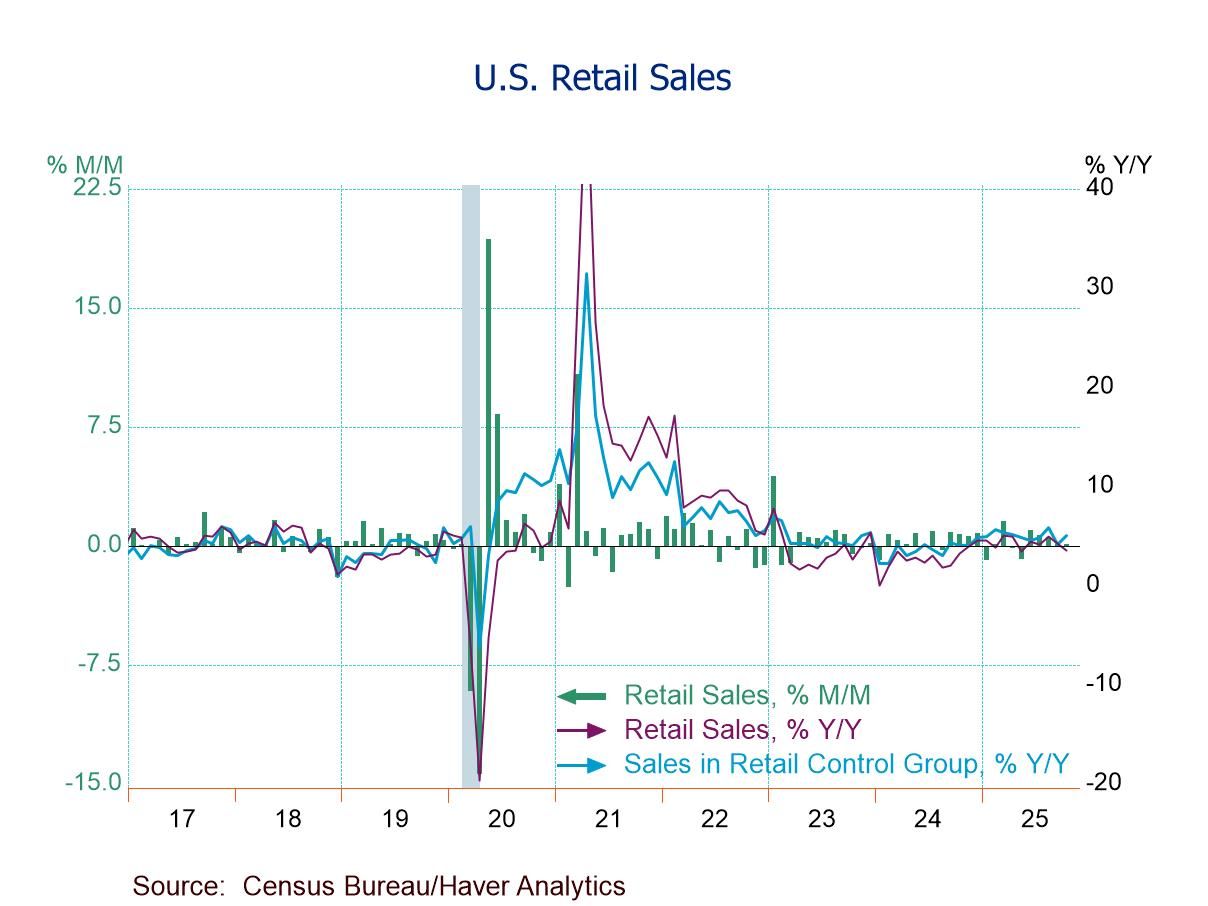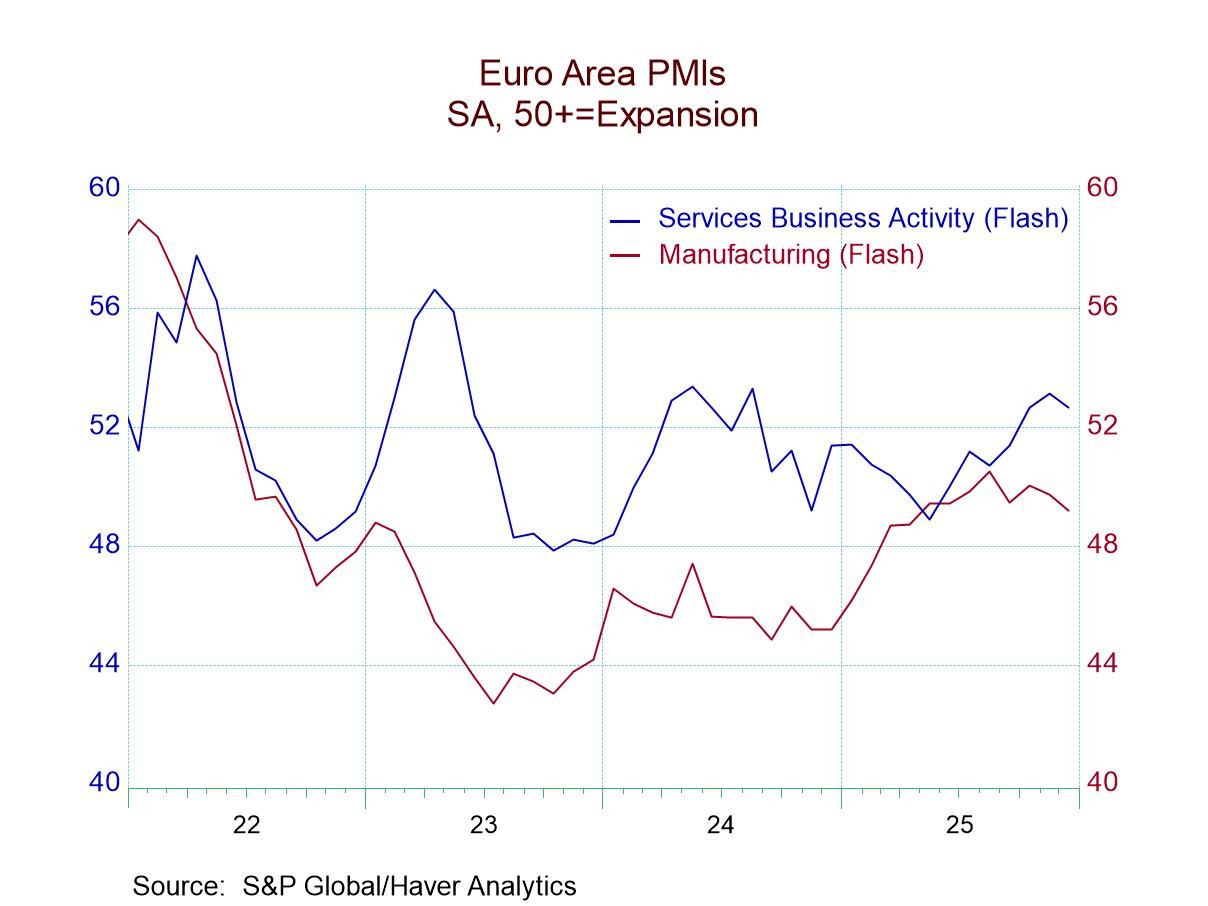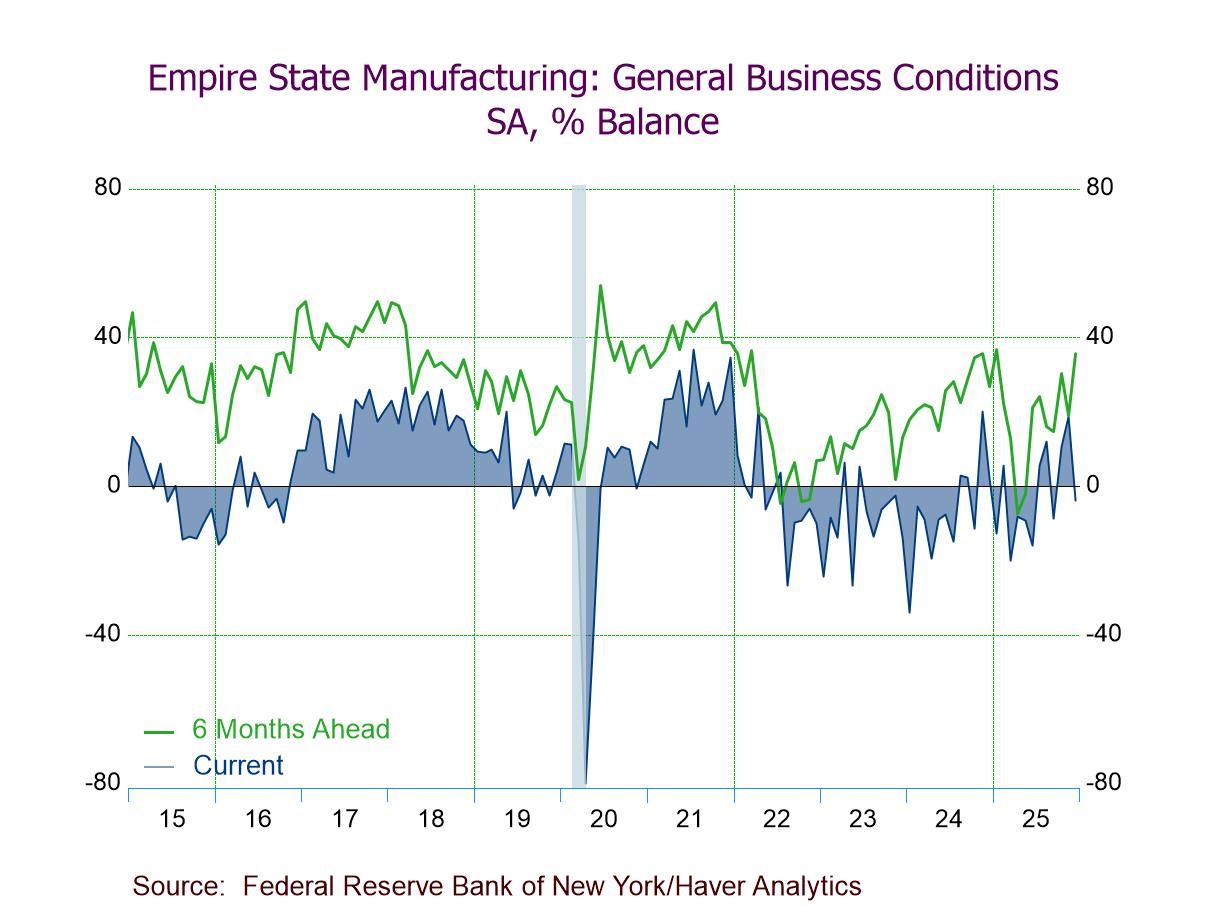The Standard & Poor’s PMI data seem to have taken a fork in the road in December as the previous strong trend toward improving has been reversed in December. Out of 24 sector changes across eight different countries (or economic regions), there are only 6 sectors that show improvement month-to-month in December. This is a sharp contrast to November when 10 sectors showed improvement and to October when 20 of 24 sectors showed improvement. The worm has turned, but is it a lasting turn or not?
The sequential data look at changes in the hard data (that's data through November) over three months, six months, and 12 months. They show a strongly weighted preponderance of sectors that are better, getting stronger, rather than getting weaker. Over three months, 9 of 24 sector readings get weaker compared to six-months. Over six months, every single sector gets stronger compared to 12-months. Over 12 months, 19 sectors get stronger compared to 12-months ago. Monthly data show that this impressive string of improving sectors shows that progress began to slow down in November and kicked into reverse in December.
As of December, the United Kingdom, which is a struggling economy, is the only reporting unit to show a stronger composite, stronger manufacturing, and stronger services. Apart from the U.K.’s strength, there's stronger manufacturing month-to-month reported in France, Japan, and Australia. And that's the end of month-to-month improvements in December. In November, there is a triple improvement in Japan with manufacturing, services, and the composite strengthening month-to-month. There are isolated sector improvements in manufacturing in Australia and in the U.K. There were also improvements for services in India as well as in services and in the composite index for France and in the European monetary union. Still, these are only 10 of 24 sectors in November.
The previous strong trend movement higher has left most of the readings as of December above their medians on data back to January 2021. Among the 24 headline and sector calculations, only six of them show standings below their 50th percentile since January 2021, which puts them below their historic median for that period. The service sector is below the 50% mark in the United Kingdom, Japan, and the United States, while the overall composite is below the 50% mark in the U.S. and in India, with India showing a below median manufacturing rating as well and the U.S. showing below 50% in services. The weaker U.S. data is a new and interesting feature with U.S. job data for November just reported and looking a bit stronger, despite a rise in the unemployment rate. The December S&P survey data, on the other hand, hint that such an improving trend may not last.


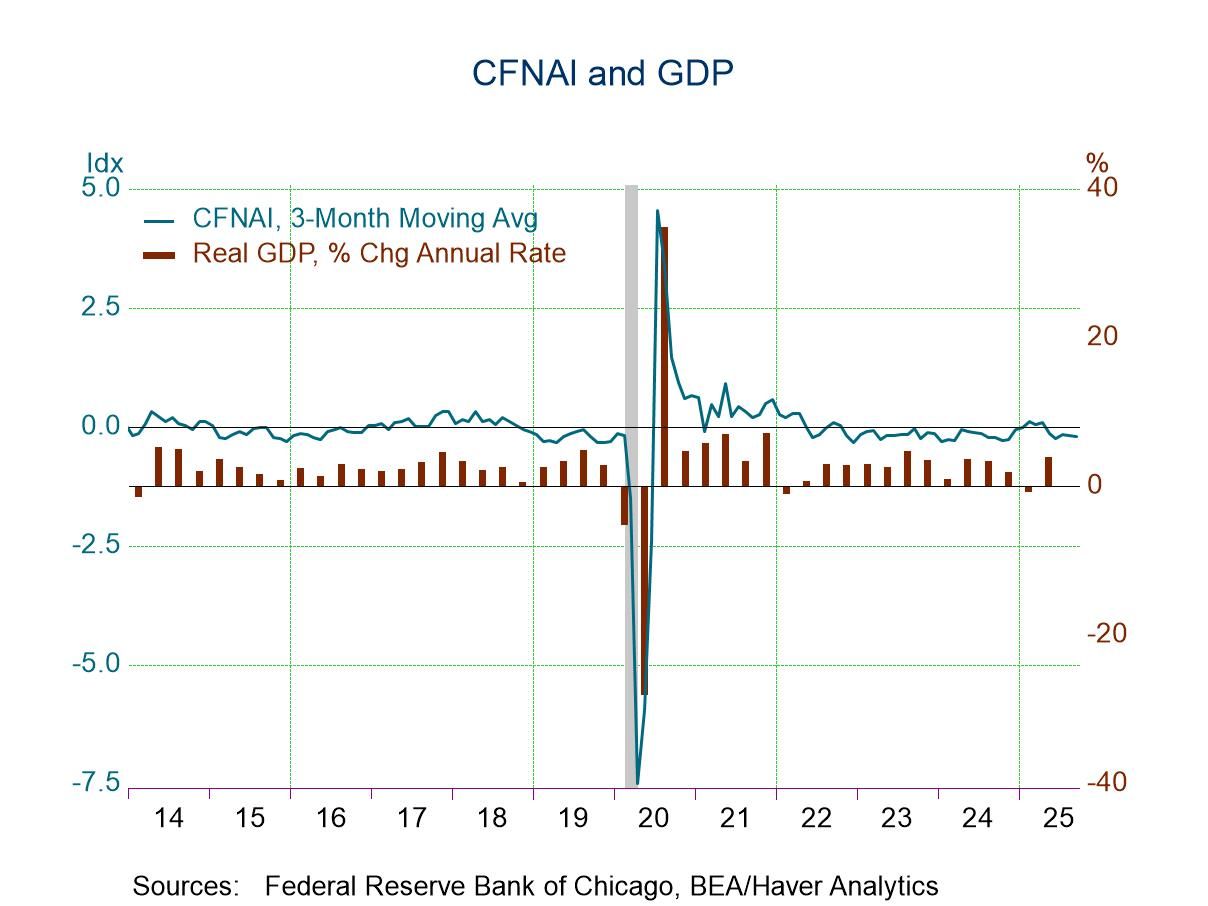
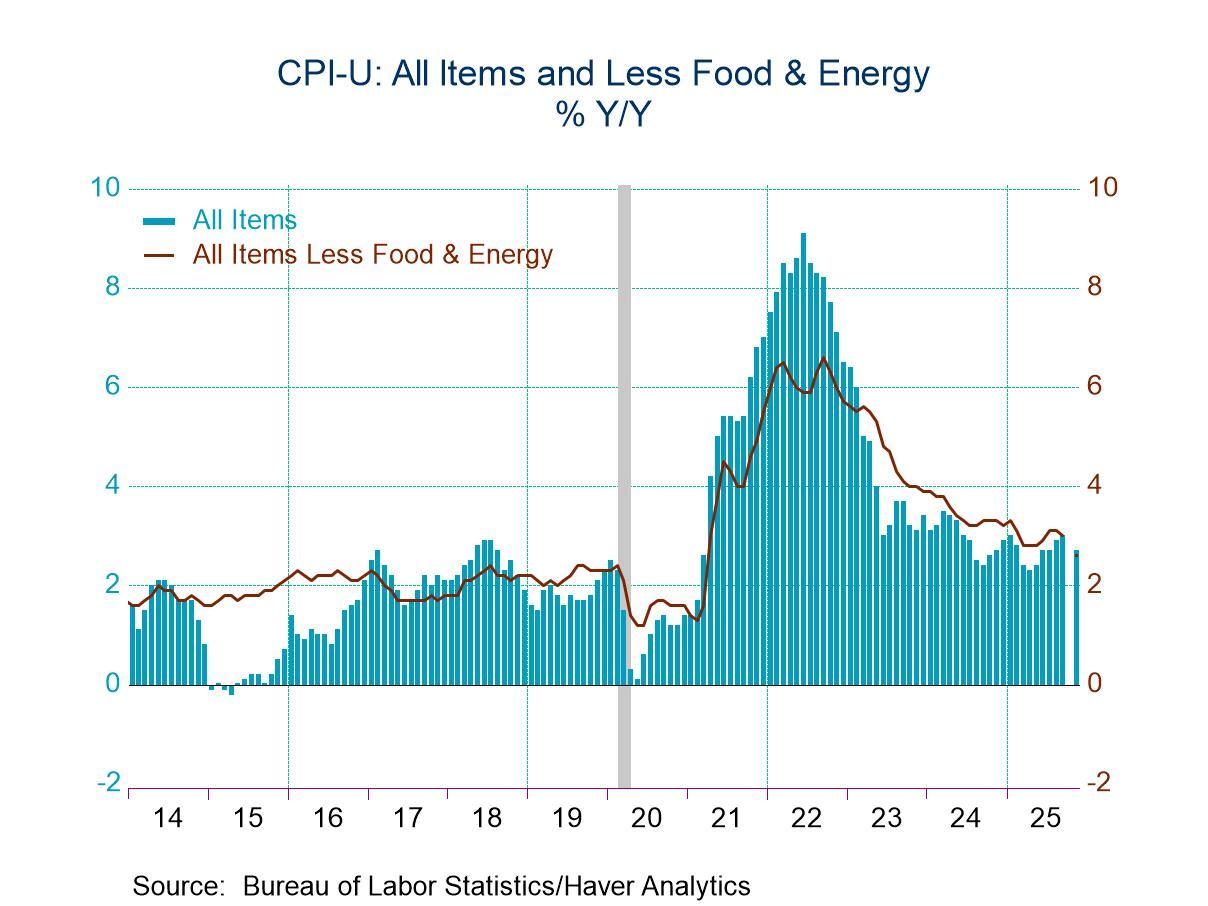
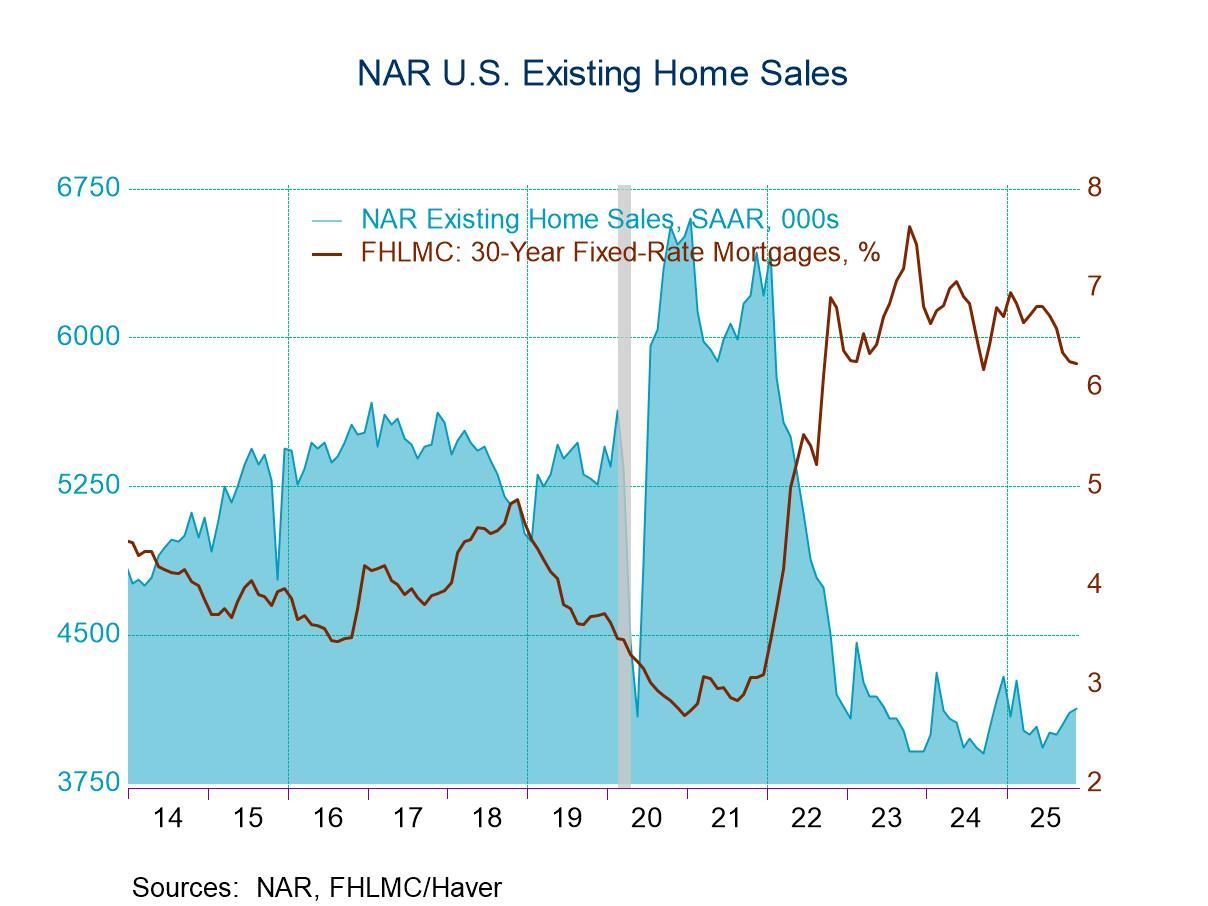

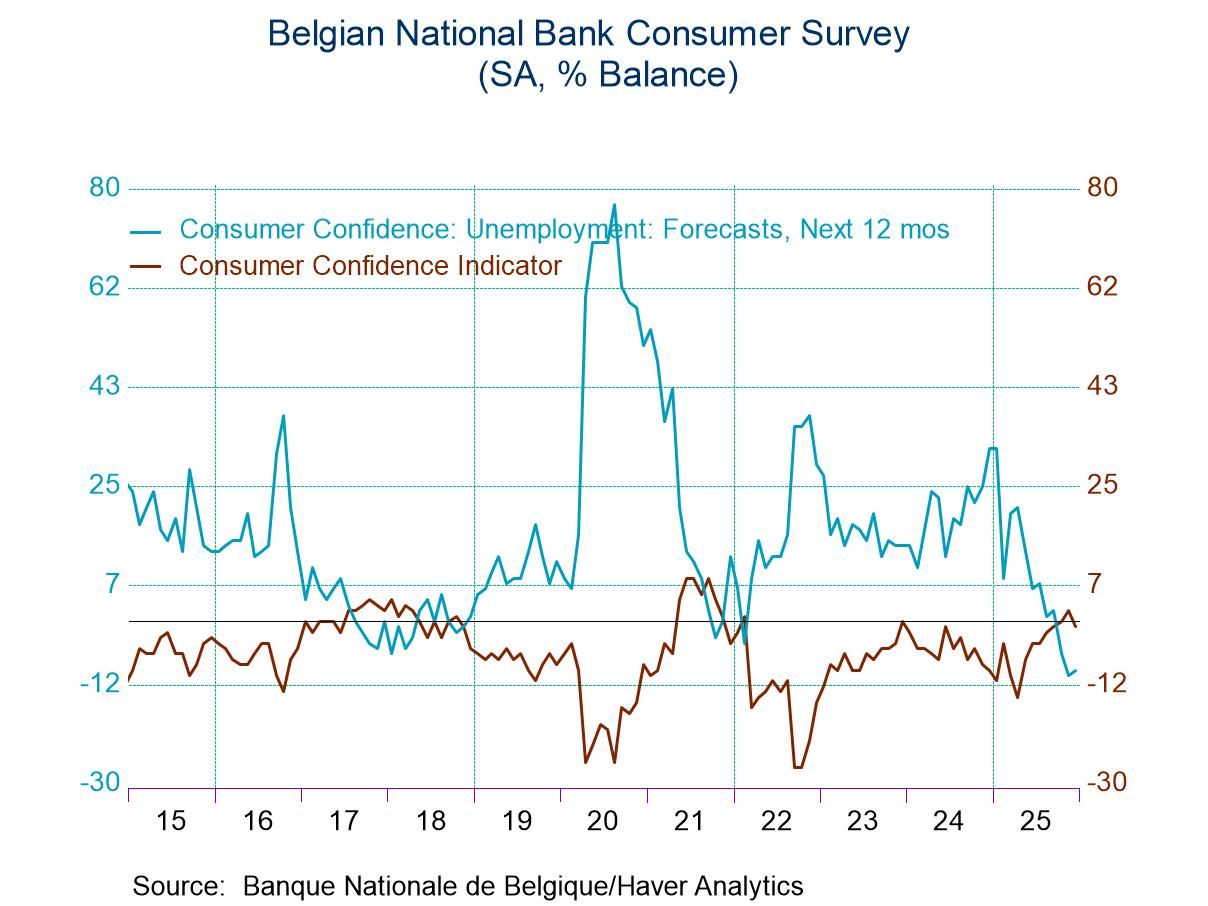
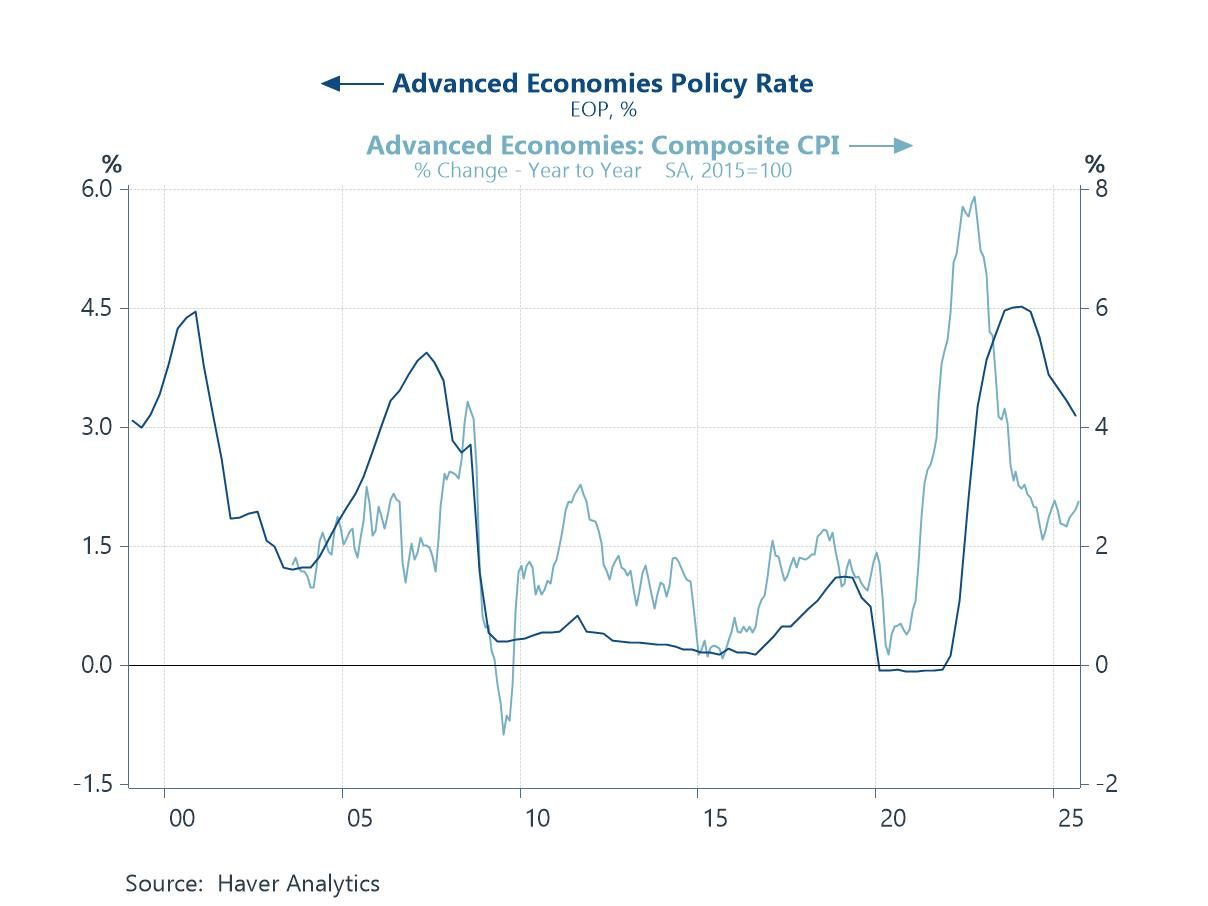
 Global
Global